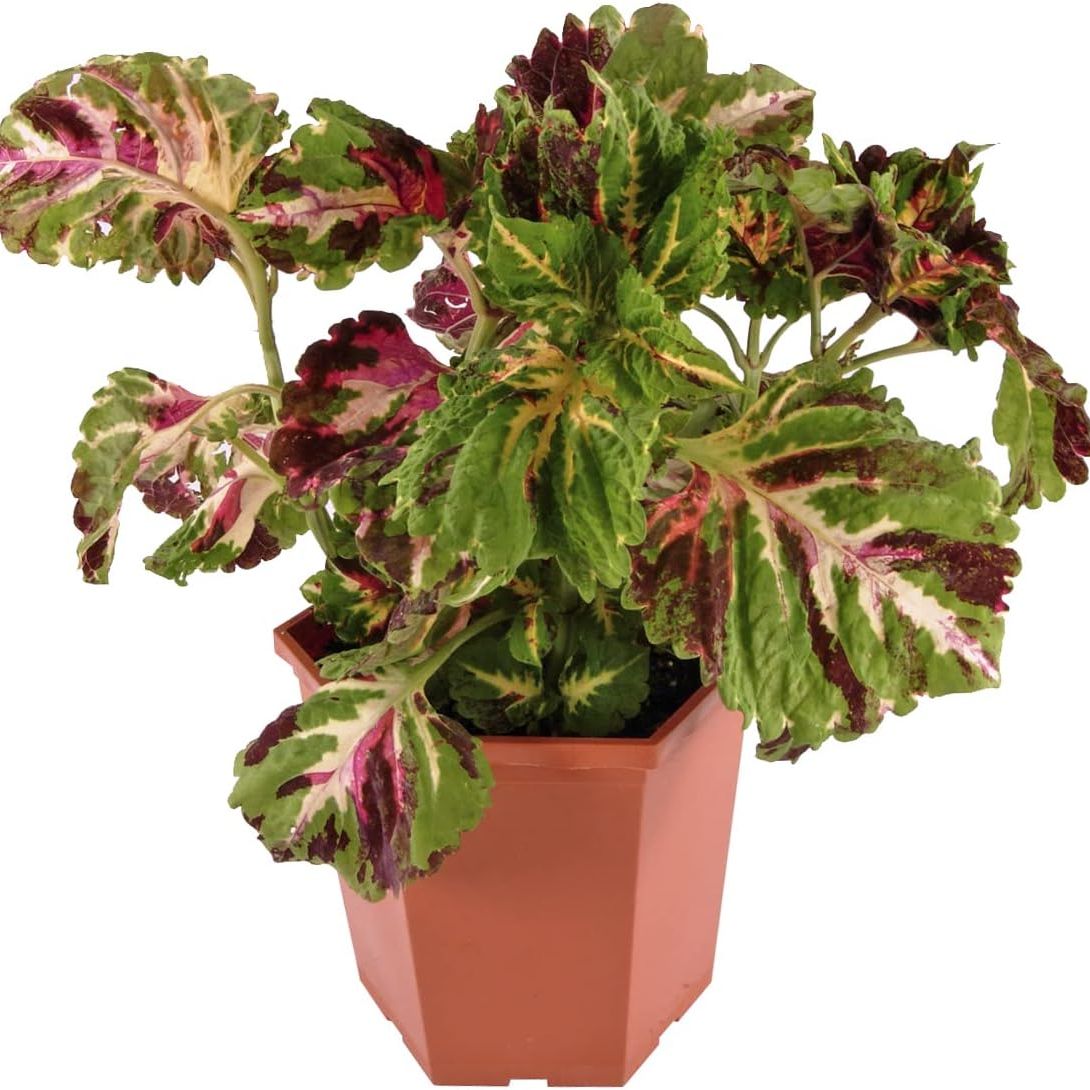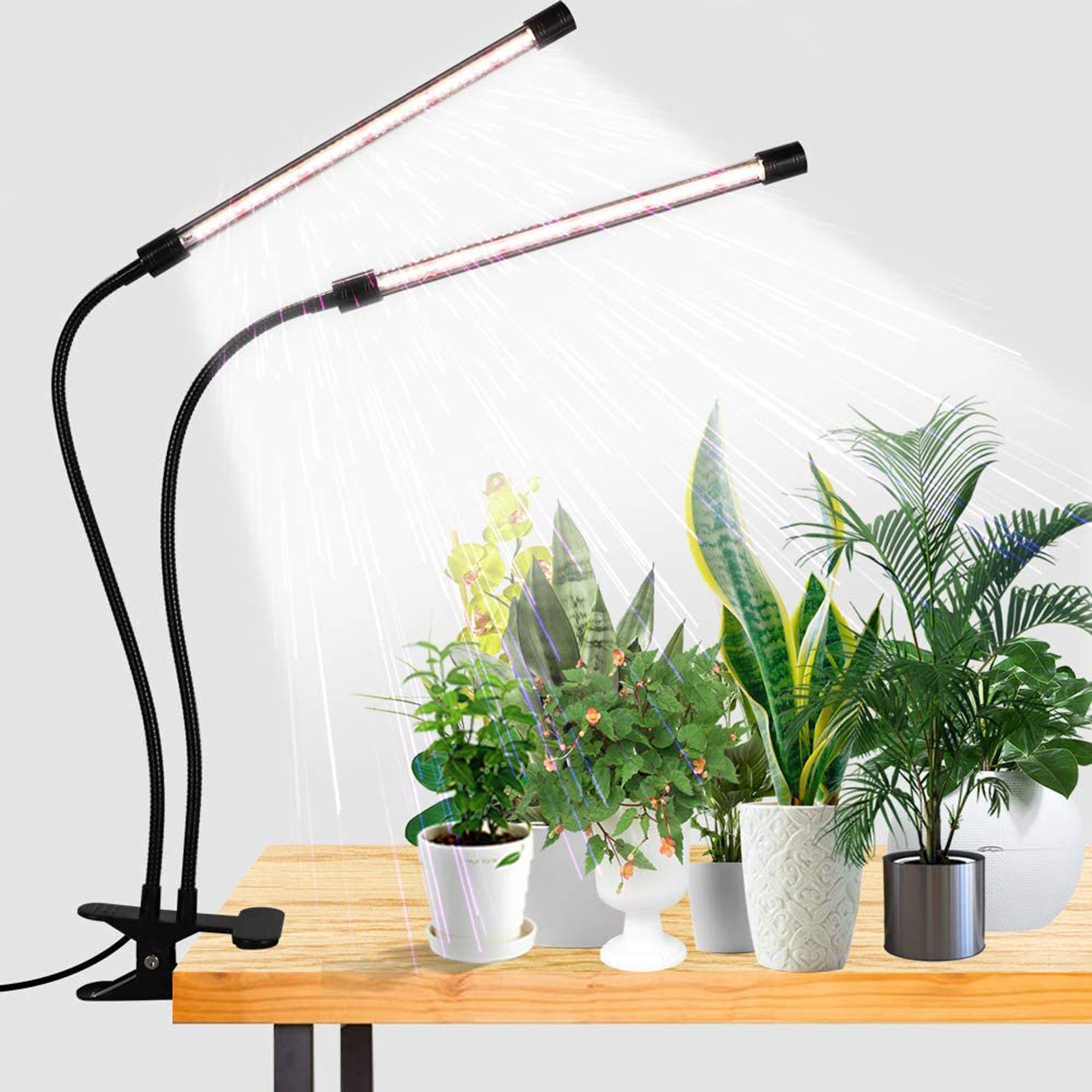Don't Lose Fantastic Foliage Plants to Frost – Here are 2 Ways to Overwinter Coleus and Enjoy the Vibrant Leaves Next Year
Gardening experts reveal how simple overwintering coleus can be

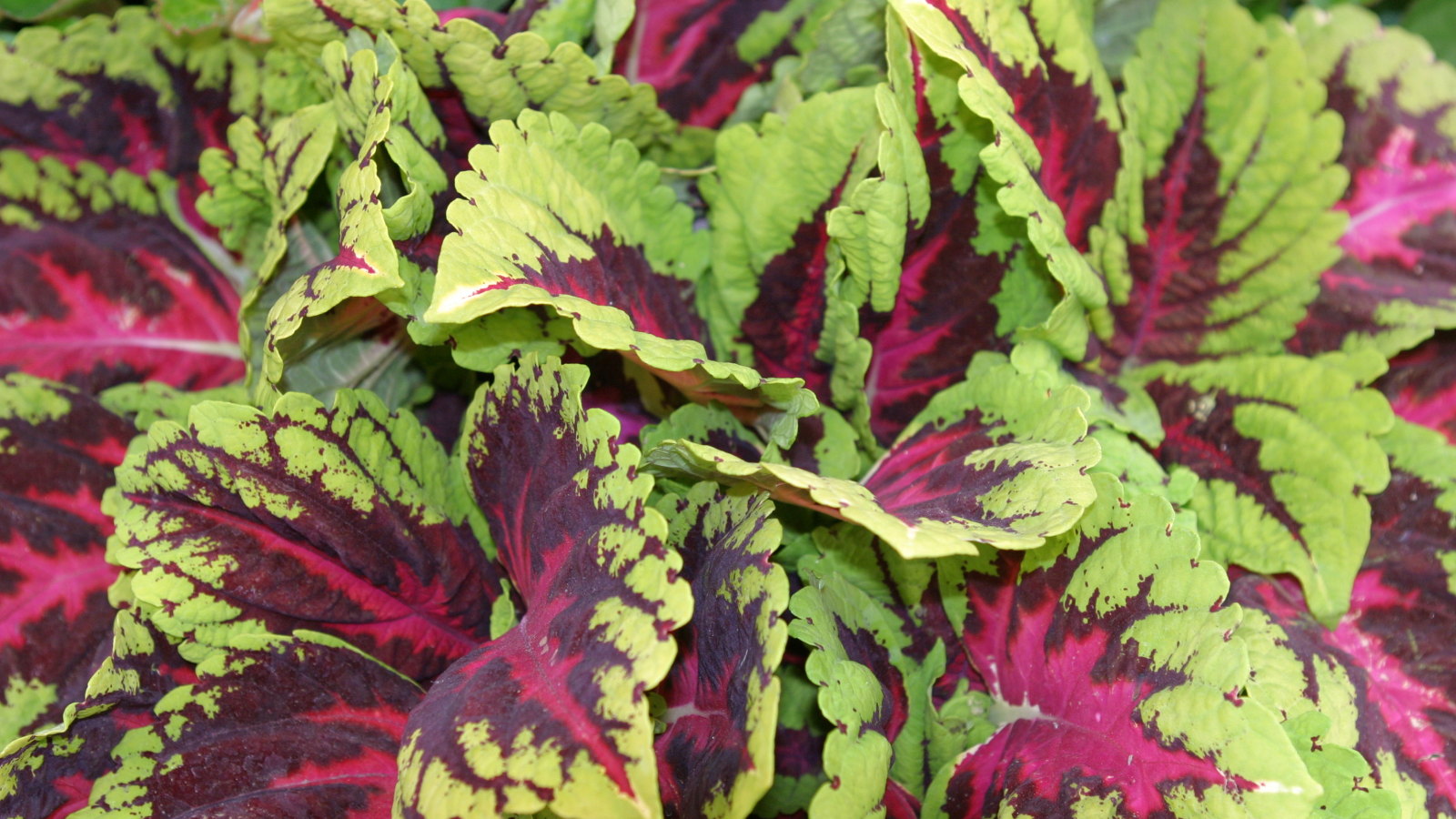
There is no disguising the fact that coleus are astounding plants for adding bright foliage and interest in often trickier, shadier spots in the garden. With leaves in vivid shades of yellow, green, red, and purple, they are sure-fire dramatic plants.
However, many gardeners are unfortunately wasteful when growing coleus. As frost-sensitive tropical plants, they are often treated as annuals and disposed of once killed by cold winter temperatures. It needn't be this way, though, as there are ways of overwintering coleus so they can be enjoyed year after year.
If you live in US hardiness zones 10+, you can enjoy coleus as a perennial plant. It is a different case for growers in cooler climates, but it is not tricky to overwinter coleus plants. They can be moved inside and grown as indoor plants for winter, or you can overwinter cuttings to go on and give a dazzling display next year. Here we reveal the best reasons to overwinter coleus and how easy it can be done.
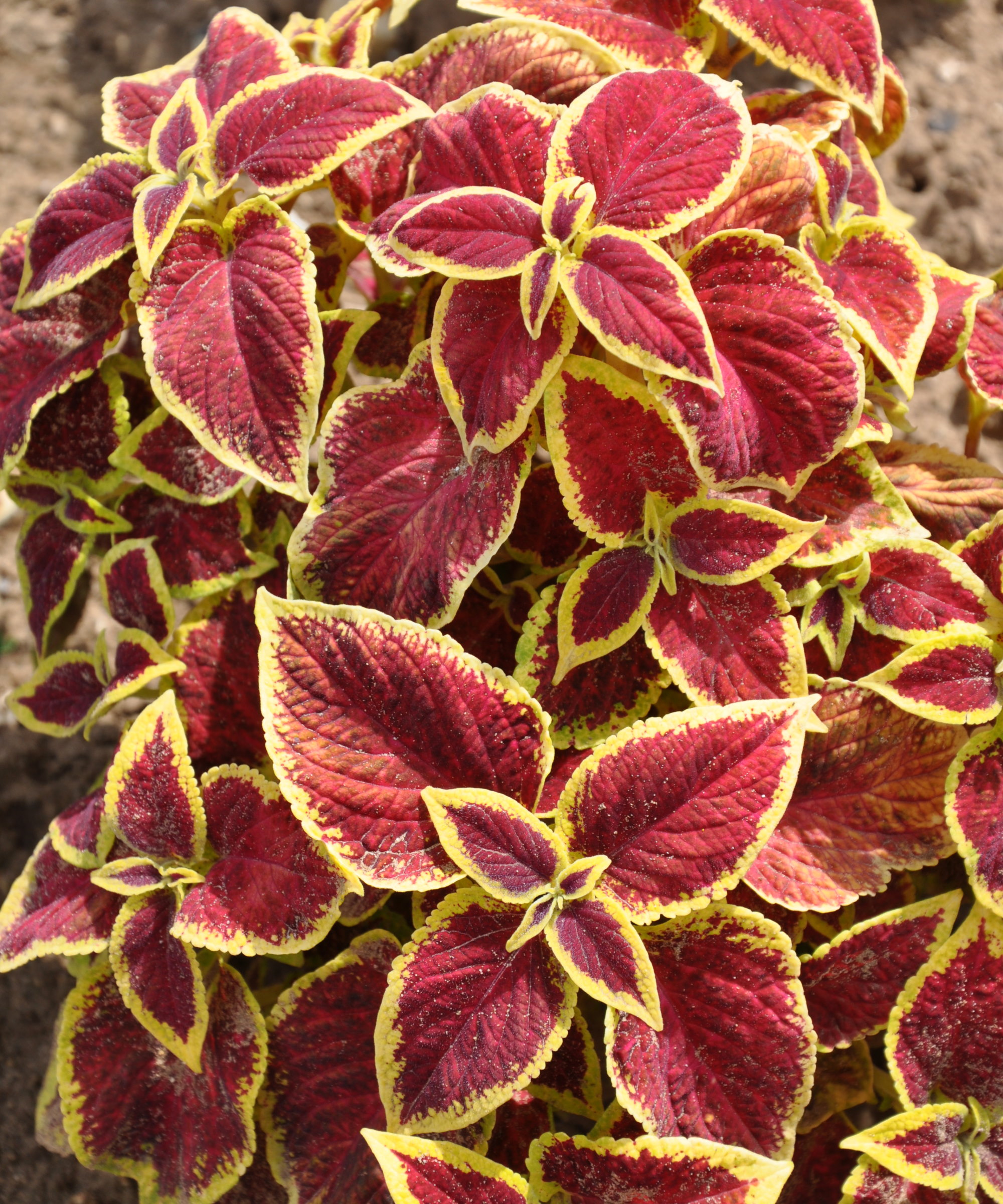
An expert guide to overwintering coleus – which way works for you?
Yes, there is nothing wrong with treating coleus as an annual plant, enjoying the foliage and then letting it succumb to frost. But there are simple ways of overwintering coleus that save you from spending money on new plants. It is a great tactic if you have discovered a variety of underrated bedding plants that you adore, or grow a unique variety not commonly available to buy from garden centers, nurseries, or online. Let's look at the two popular methods of overwintering coleus, so you can choose the one that suits you best.
1. Overwintering coleus as a houseplant

The first option is overwintering coleus as houseplants, allowing you to enjoy their stunning foliage year-round. You may not immediately think of coleus as an indoor plant, but they do have a history of being grown as a houseplant.
On this subject, Jo Ellen Meyers Sharp, garden writer, coach, and speaker known as the Hoosier Gardener, claims: 'Coleus used to be a houseplant and is still considered a houseplant. It's a houseplant that escaped to our summer gardens years ago.'
Proper timing is important when overwintering coleus indoors. Coleus start suffering once temperatures drop below 50°F, so keep a close eye on your forecasts to move plants indoors once night-time temperatures look set to go below that mark.
Design expertise in your inbox – from inspiring decorating ideas and beautiful celebrity homes to practical gardening advice and shopping round-ups.
It is advisable to acclimatize plants to their new indoor life. This can be achieved similarly to hardening off plants in spring, only in reverse, by moving plants from outdoors to a milder spot for a week before their final warm, protected location for winter.
Plants in containers are easy to move, but coleus in flower beds or mixed planters will need to be dug up and potted. Give all plants a good once-over to check for pests and diseases. If there are small pests such as aphids and spider mites, spray plants with insecticidal soap (such as this organic insect soap at Burpee) or a homemade bug spray of liquid soap and water to eliminate them.
A perfect location for overwintering coleus plants is warm, bright, and away from cold drafts. Lydia Beaumont, gardening expert at Gardeners' Yards, says: 'I find a sunny windowsill works best to keep them thriving. If light is an issue, then you can always use a grow light.'
As for caring for coleus indoors, Lydia adds: 'As it's winter, you don't need to water them too much, just enough to keep the soil slightly moist. In winter, most plants' growth slows down, so don't worry too much.'
Keep a close eye on watering plants in containers, and only water when the top two inches of soil feel moist. You can judge when to water plants by using your fingers or getting a soil moisture meter, such as this soil moisture meter at Amazon, which gives immediate results. There will be no need to fertilize plants indoors during the winter.
Lydia also advises cutting back coleus during winter, saying: 'Make sure that leggy stems are kept trimmed, so that the coleus stays compact and healthy. Come springtime, your coleus will be ready to return outdoors happy and healthy.'

Jo Ellen Meyers Sharp, who blogs at Hoosiergardener.com, is an author, speaker, freelance writer and garden coach. She was the founding editor of Iowa Gardener, Michigan Gardening and Minnesota Gardener, and until recently edited those and Wisconsin Gardening magazines. She’s a member of Garden Communicators International's Hall of Fame and a National Garden Bureau Member.

Lydia Beaumont is a gardening expert for Gardeners' Yards - a trusted online resource for gardeners to grow, inspire and discover. Whether crafting stylish table settings or transforming a garden into a personal oasis, Lydia loves making every space stunning and comfortable.
2. Overwintering coleus by taking cuttings
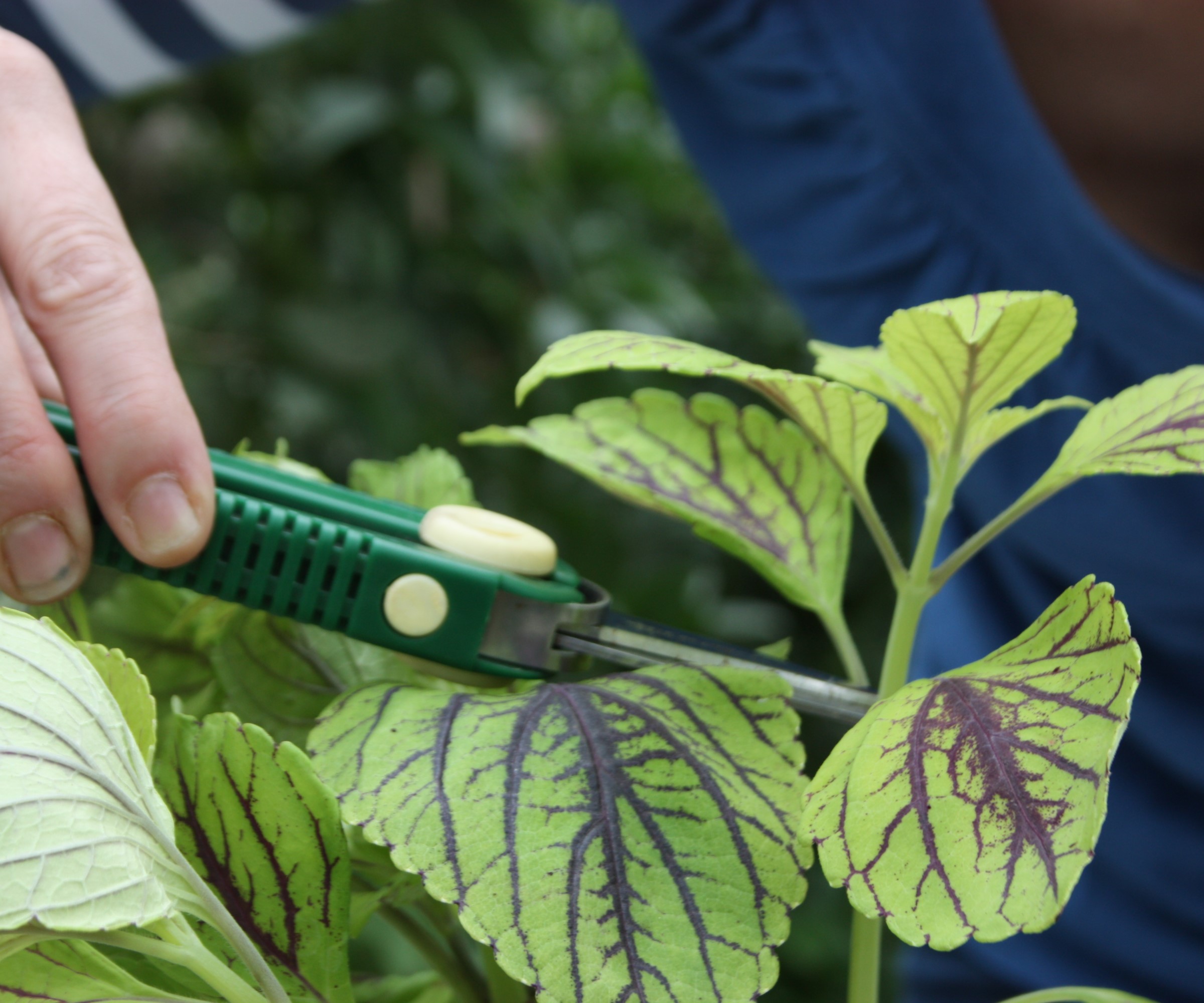
The alternative way of overwintering coleus is to take plant cuttings and care for sections of plants over the colder months. It is ideal if you are short of space but still want to overwinter your favorites varieties to enjoy again next year.
As Jessica Mercer from Plant Addicts says: 'Coleus plants grow readily from cuttings, giving us an easy way to keep these lovely plants growing in our gardens from year to year.'
'It is very easy to overwinter coleus by taking a cutting and rooting it in water for a few weeks until it develops roots and then planting it in soil,' adds Kathy Jentz, editor and publisher of the award-winning Washington Gardener Magazine. 'Then treat it like any other houseplant until taking it back outside next spring after any danger of frost has passed.'
There is time to take stem cuttings from coleus in the fall and root them indoors. To propagate coleus at this time of year, take multiple 4-6-inch stem cuttings and remove all but the top set of leaves. Dip the bottom of the cutting in rooting hormone (such as this rooting hormone powder, available at Amazon) and place them in a container filled with water.
Once the cutting develops roots, which usually takes 7-10 days, pot it into an individual container filled with a potting soil for container gardening - pick a potting mix like this organic potting soil at Burpee. But don't wait too long, as Kathy Jentz warns: 'If you leave it in water too long, the water roots develop, and then it is not suitable for growing in soil, usually becoming stretched out or sickly-looking.'
Place the container on a windowsill where it can get bright, but indirect sunlight, and pinch back the shoots as they develop to encourage more branching. The new coleus can be planted outdoors in spring after the last frost.

Kathy Jentz is editor and publisher of the award-winning Washington Gardener Magazine, based in Washington, DC. She is also the editor of three plant society journals: the Water Garden Journal (IWGS), The Azalean (ASA), and Fanfare (Daylily Society Region 3). Kathy has written a couple of books, including Groundcover Revolution.
FAQs
Can you overwinter coleus in the house?
Yes, you can overwinter coleus in a house. To keep the plant thriving overwinter inside the home, place it in a sunny spot where the coleus can bask in bright, indirect light. Coleus do need light over winter, otherwise the vibrant foliage fades, but it won't like lots of direct sunlight.
Coleus wants temperatures of 60-75°F, and to be kept away from heat sources like radiators and heating ducts, as well as fluctuating temperatures from cold drafts or ventilation systems.
The plants will benefit from misting or placing them on a pebble tray for plants to increase humidity, as indoor air in winter can be quite dry for plants. Increasing humidity for indoor plants helps keep ones from warmer climates happier when growing in the house.
Can coleus survive winter in a garage?
Coleus can potentially survive winter in a garage provided the temperature stays above 50°F and it gets enough sunlight. If there is a lack of sufficient natural sunlight, ideally at least six hours a day, you may need to use grow lights to provide enough light for the coleus to survive happily through winter.
When overwintering plants indoors, there are several common mistakes to avoid making that can risk the health of your plants.
Two classic winter houseplant care mistakes are overwatering, which can lead to root rot, and continuing to feed plants like you did during summer.
Those growing over winter only require a lower concentration of fertilizer. While plants not actively growing can suffer root burn if they are fed during winter, they are best left unfertilized until they start growing in spring.

Drew has worked as a writer since 2008 and was also a professional gardener for many years. As a trained horticulturist, he worked in prestigious historic gardens, including Hanbury Hall and the world-famous Hidcote Manor Garden. He also spent time as a specialist kitchen gardener at Soho Farmhouse and Netherby Hall, where he grew vegetables, fruit, herbs, and cut flowers for restaurants. Drew has written for numerous print and online publications and is an allotment holder and garden blogger. He is shortlisted for the Digital Gardening Writer of the Year at the 2025 Garden Media Guild Awards.
